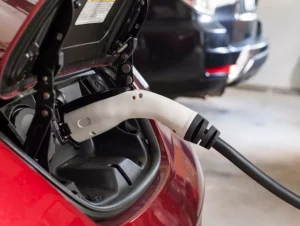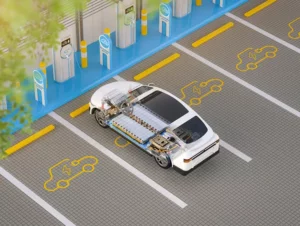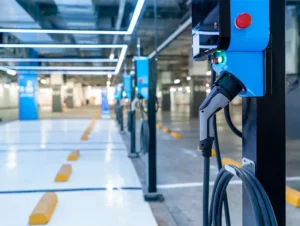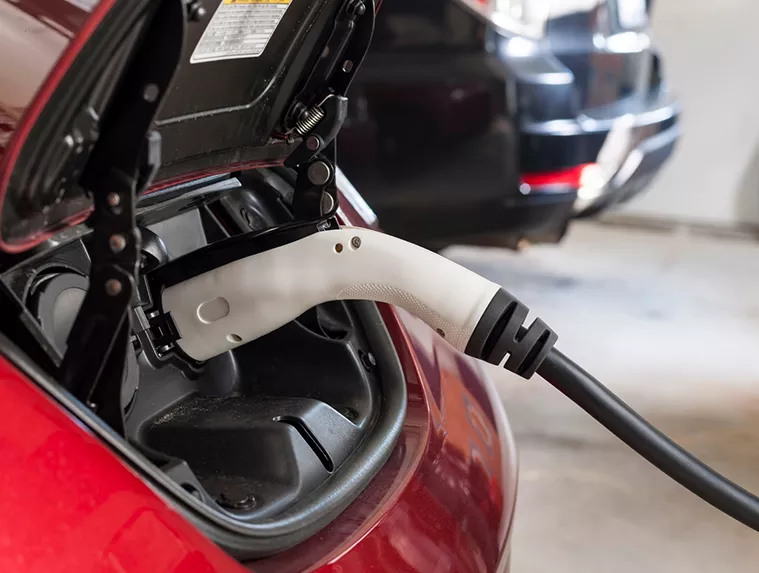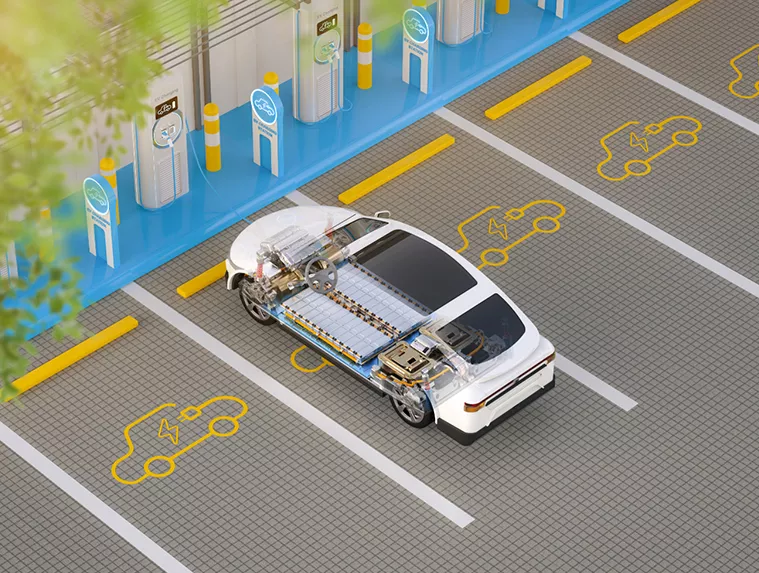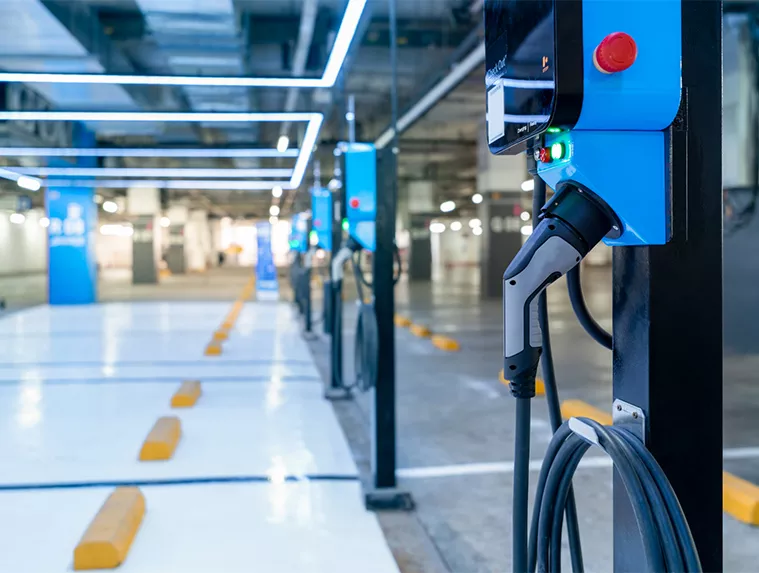
Penoda’s Participation at POWER 2 DRIVE – Exploring Innovations in EV Charging
POWER 2 DRIVE is an international specialized exhibition focusing on EV charging technology and infrastructure. Bringing together the world’s leading charging technology suppliers, EV manufacturers and government agencies, the show provides industry professionals with a platform to showcase and exchange the latest technologies and products to drive the development of clean energy transportation.



